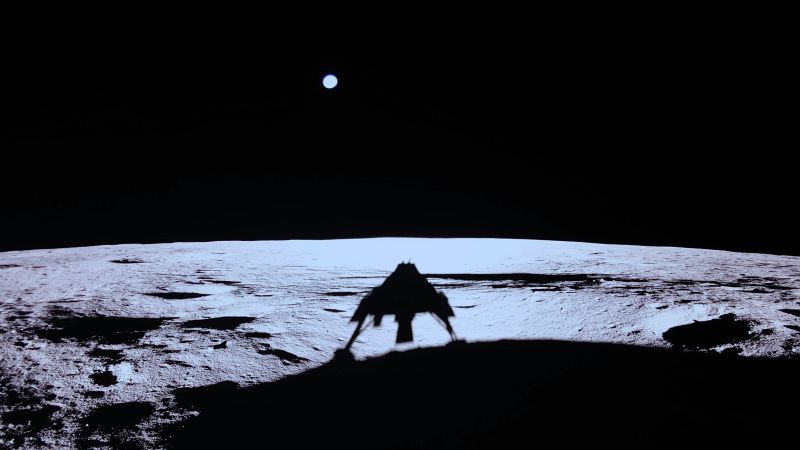The realm of space exploration is characterized by its inherent challenges, raising the stakes significantly each time a robotic emissary departs Earth. Without a doubt, any number of obstacles is capable of halting a mission abruptly. Recently, this was underscored by the unfortunate fate of AstroForge’s Odin spacecraft, which launched from California and was intended to scout an asteroid for precious platinum. However, mere days into its mission, the craft lost communication and is presumed to be tumbling helplessly through the void of space.
The setbacks of space exploration are not unique to Odin, as they reflect a broader theme within the field, one that permeates even successful missions. For instance, on March 2, 2023, Firefly Aerospace achieved a remarkable milestone when its Blue Ghost lunar lander successfully touched down on the Moon—a feat that marked it as the second private company to accomplish such a landing. The striking images of Blue Ghost’s shadow cast against the moon’s surface and its presence in lunar dust confirmed the triumph. Located in Cedar Park, Texas, the pioneering corporation has shared dramatic footage of its spacecraft’s nerve-racking descent just north of the Moon’s equator.
Once settled on the Moon, Blue Ghost’s primary mission is to gather samples, drill into the lunar subsurface, and capture high-definition imagery over the next week. Meanwhile, a different lunar lander—Intuitive Machines’ Athena—marked its own journey to the moon. It aimed to perform a water-finding mission near the lunar south pole. Initial concerns regarding its operational status grew as the team sought to ascertain the spacecraft’s orientation. Unfortunately, it became evident that Athena’s mission had ended prematurely; images indicated that the lander had landed on its side within a crater, over 820 feet distant from its intended target, Mons Mouton.
Despite the mishaps faced by these missions, remarkable achievements are still gleaned from them. For example, Athena, shortly before shutting down, had transmitted data that established it as the southernmost lunar landing to date, illustrating the ongoing success within the challenges of space research.
Meanwhile, a different segment of science took an intriguing turn with the introduction of an extraordinary genetically modified organism, the woolly mouse. This creation, developed by Colossal Biosciences, possesses several striking characteristics similar to those of woolly mammoths, such as curly whiskers and hair that grows thrice as long as typical laboratory mice. Colossal’s ambitious goal is to resurrect woolly mammoths and other extinct species, utilizing the modified mice to examine the genetic links to physical traits that may have enabled these giants to endure icy environments. Yet critiques arise, as scientists, including Robin Lovell-Badge from the Francis Crick Institute, stress that the study does not conclusively demonstrate whether these genetically altered mice can indeed tolerate cold conditions, leaving many questions unanswered.
In a twist of fate, the world’s biggest iceberg, A23a, has made its own journey. After five years of drifting in the Southern Ocean and navigating around an underwater mountain, this “megaberg” weighs an astonishing 1.1 trillion tons and has run aground near South Georgia. This grounding is significant; it has the potential to enhance the local nutrient ecosystem, effectively raising food availability for regional wildlife, including penguins and seals. Researchers are working diligently to predict the future of iceberg A23a and its potential impact should it fragment into smaller pieces.
Archaeologists recently made a groundbreaking discovery at Olduvai Gorge, known as the “Cradle of Humankind” in Tanzania. They unearthed a trove of tools fashioned by ancient human ancestors from elephant and hippopotamus bones, dating back approximately 1.5 million years—over a million years older than previous known bone tools. This advancement highlights early humans’ ability to transfer their sophisticated tool-making techniques from stone to bone, indicating a level of cognitive complexity and craftsmanship previously not associated with hominins.
As the exploration of our universe and understanding of our past continues to unfold, it promises to present more awe-inspiring discoveries and narratives that captivate our imagination, similar to stories shared about the unicorn of the sea—the narwhal—and the ongoing adventures of the Voyager probes, each narrative an embodiment of curiosity and human perseverance.












